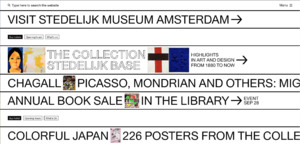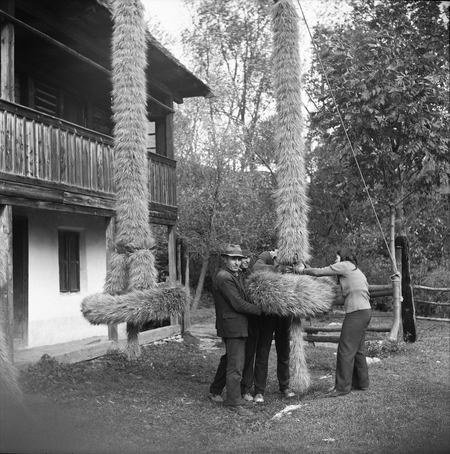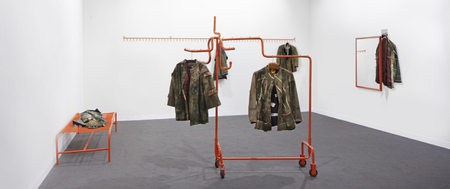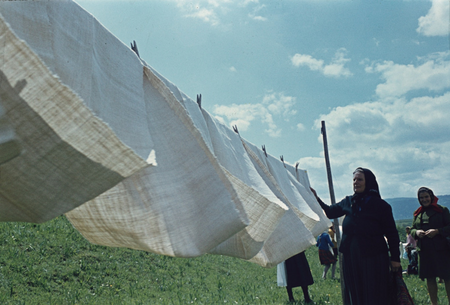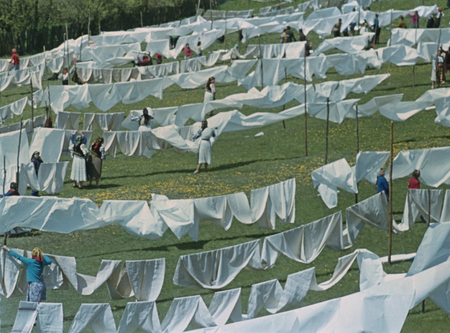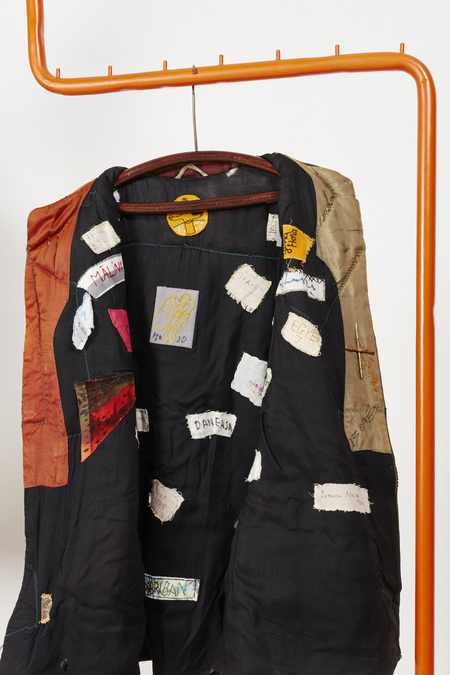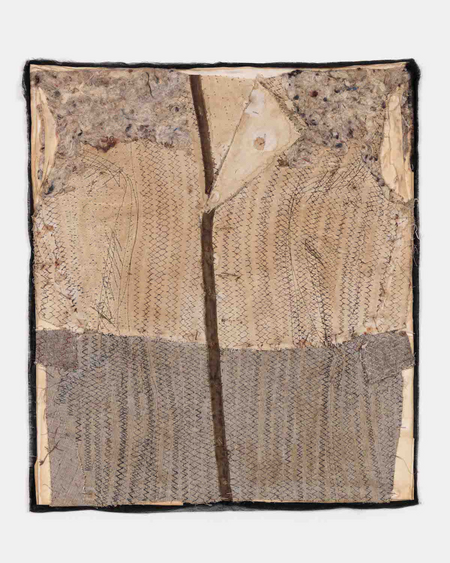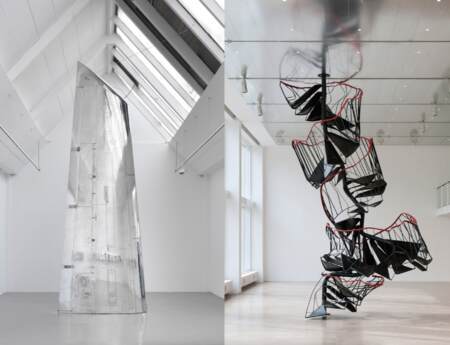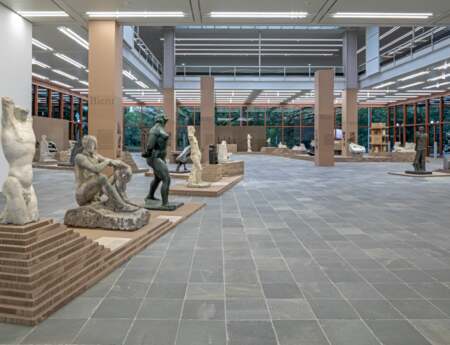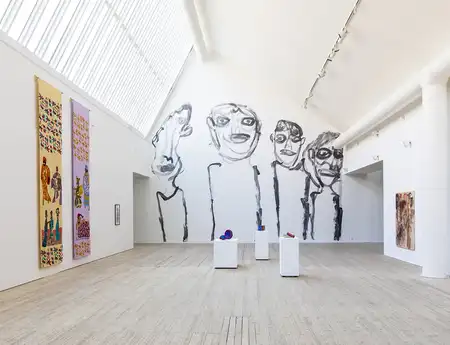Ana Lupas – On this Side of the River Elbe
Ana Lupas – On this Side of the River Elbe is the first comprehensive overview of the oeuvre of Ana Lupas (1940, Cluj-Napoca, Romania) which opens at the Stedelijk Museum Amsterdam on 9 May 2024. Lupas emerged in the 1960s as one of the leading Eastern European artists of her generation.
Spanning over six decades, her career is a testament to her resilience and unwavering commitment to artistic expression amid challenging political circumstances.
Lupas’s varied oeuvre includes textiles, sculptures, installations, and action art. Similarities with late modern avant-garde movements such as land art, post-minimalism, and Arte Povera are reflected in her work. She also draws inspiration from folklore and centuries-old traditions with which she grew up. Lupas’s intentional use of 'poor' materials like wool, cotton, hemp, and flax, not only challenged artistic norms but also offered an incisive commentary on the scarcity and limitations imposed by the regime she grappled with.
Living and working in Cluj-Napoca, Lupas faced the challenges of creating art under the constraints of a four-decade communist dictatorship in Romania. Despite the oppressive political climate, Lupas's art became a form of covert resistance to the dehumanizing totalitarian regime, in power from 1945 to 1989. For many decades, she forged her own path, actively opposing the regime’s favored artistic and academic practices, and fostered a local artistic community.
Lupas's work is still relevant today, echoing current themes of resistance, individuality and the preservation of cultural heritage. Based on a meaningful engagement with the landscape, natural materials and local communities, her practice embraces a return to old values threatened by large-scale modernization, as well as a deep connection with nature and a desire to restore harmony.
Bringing together highlights of her oeuvre from the 1960s to the present, the exhibition at the Stedelijk Museum offers a comprehensive survey of Lupas’s career. Coats to Borrow (1989), the centerpiece of the exhibition, features handmade coats by Ana Lupas, suspended on orange-painted metal furniture like a garment rack, bed, and mirror. Crafted from scraps of leftover fabrics, clothing and textiles, Lupas circulated these coats among the members of Atelier 35, which she had initiated. Each person was encouraged to personally inscribe their name on a label attached inside the coats. Acquired by the Stedelijk in 2022, the installation emphasizes ideas of participation and the transformative power of textile sculptures, embodying Lupas's declaration that the work is an act of resistance. Other notable works include Humid Installation (1970) and The Solemn Process (1964-1976, 1980-1985 and 1985-2008), produced with the engagement of local communities in rural Transylvania. These works exemplify Lupas's commitment to intertwining art with local traditions, rituals and narratives, unveiling her profound exploration of history and identity.
For further information see Ana Lupas (stedelijk.nl)
